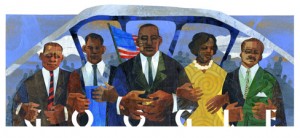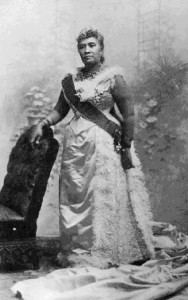This Tuesday, January 20th at 6:30 PM, Common Council will consider a Complete Streets ordinance (item O-3) for Whitewater. A Complete Streets program simply requires planners to consider bike and pedestrian travel, for example, when either building or reconstructing streets within our city.
(I listened closely to discussion of the idea at our 12.16.14 Common Council session; I look forward to the discussion on 1.20.15.)
It’s an excellent idea, and one that I fully support.
If we are to have planning – and this libertarian knows that one cannot build or reconstruct a road without planning – then it is the least to expect that planners should be forward-thinking, and look ahead to designs that consider “healthy, active living, reduce traffic congestion and fossil fuel use, and improve the safety and quality of life of residents of the City of Whitewater by providing safe, convenient and comfortable routes for walking, bicycling,” for example.
That’s what this idea requires – simply to look at more, to think beyond today (let alone yesterday, or decades ago) – and craft those possibilities into one’s future plans.
We cannot have growth and prosperity merely because we call for them, just as we cannot have good health merely because we say we are fit. Our future in these matters rests in our own hands – if we are to be a better place, then we will have to promote better ideas over worse ones.
We will have to do more than repeat tired platitudes that all is well, or that nothing needs to change.
Honest to goodness, this is a city of fifteen-thousand, not one or a few. There’s every right to advocate from one’s own experiences, but there’s something odd about believing that because a few people can’t imagine change, because they’re satisfied, that such a singular complacency should be a compelling policy argument.
This city is no insect in amber, to be placed as a paperweight on someone’s desk.
A Complete Streets perspective does not serve a few, but many – people of all ages, all backgrounds, all ideologies, all ethnic backgrounds – could and would benefit from more attention to biking and walking safely within the city. Unlike so many schemes that benefit only a few insiders’ friends, this mere expectation of planning with biking and walking in mind would benefit people from all parts of life.
Looking around, beyond the city, to successful and prosperous communities elsewhere, one sees that this is what they’re doing, to their own enrichment and betterment.
A proposal of this kind would place our city farther along the path to the hip, prosperous city she can be, and is destined to be.
It’s a discussion worth following closely, with best wishes to the proponents of a good idea for Whitewater.


